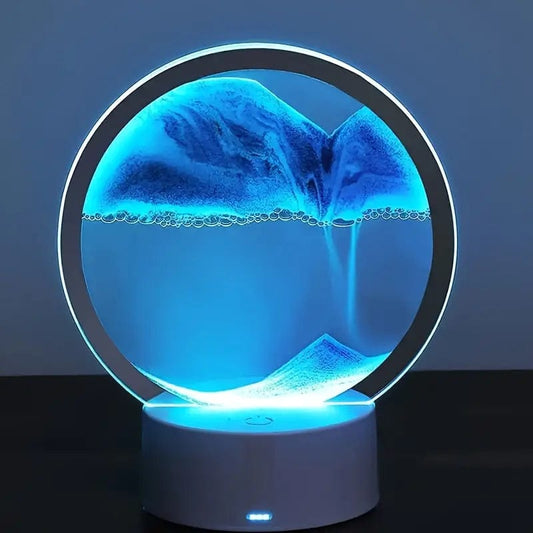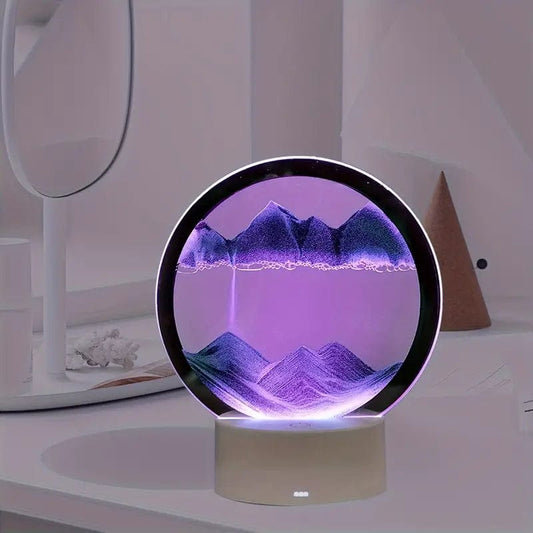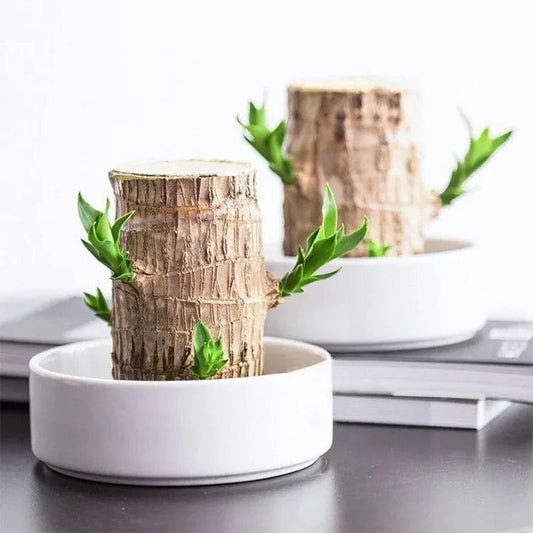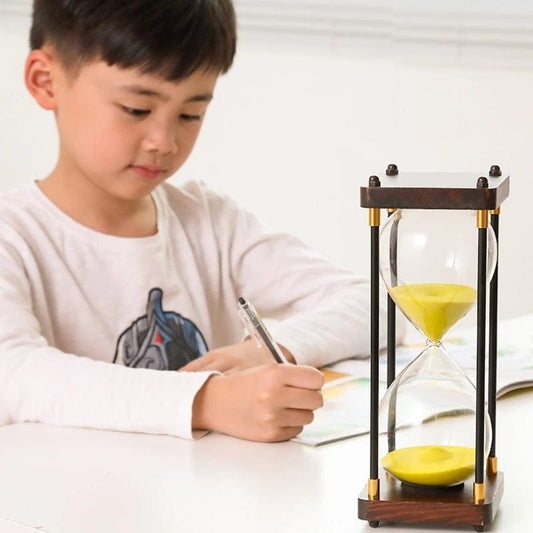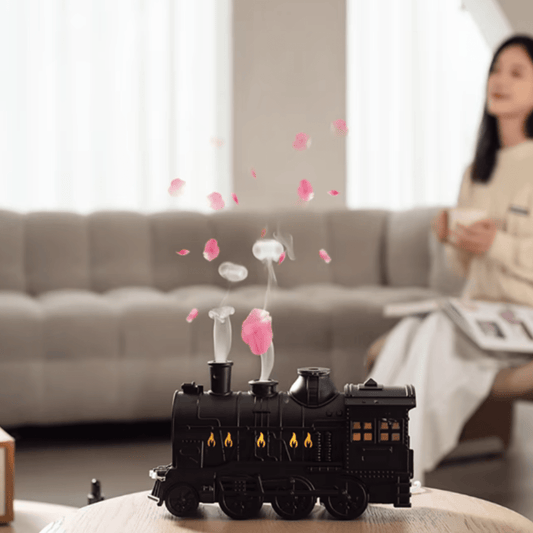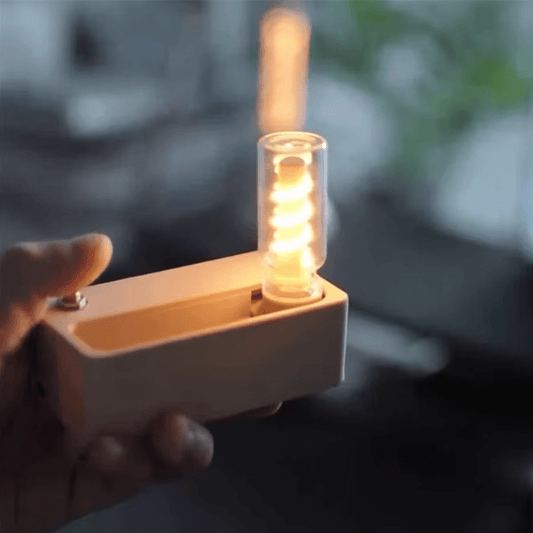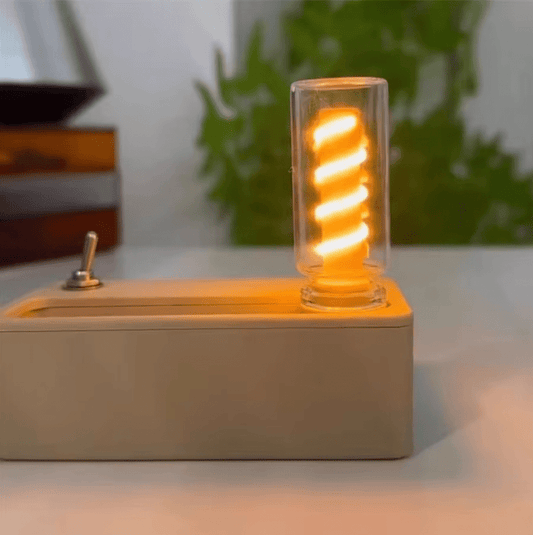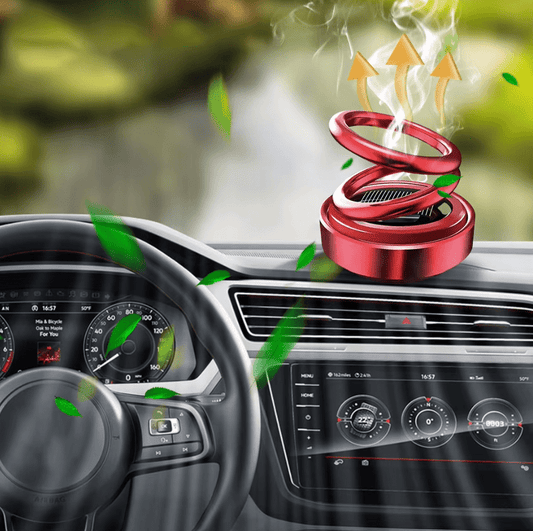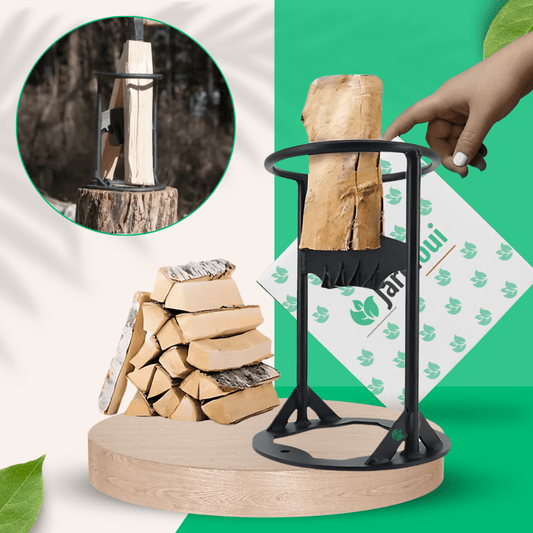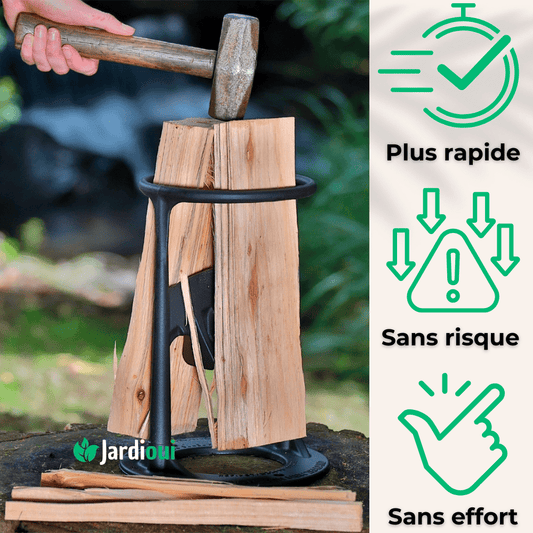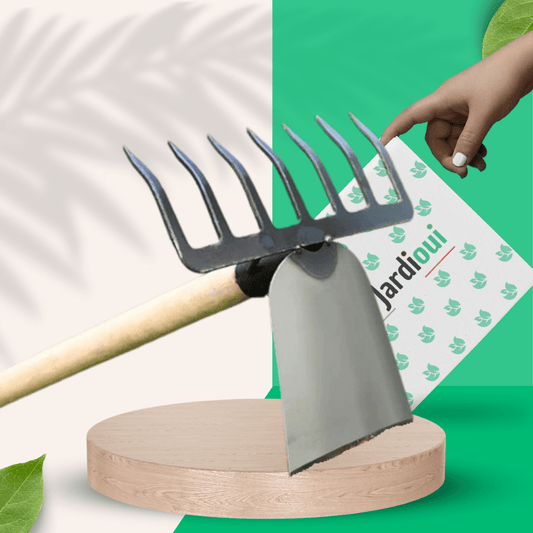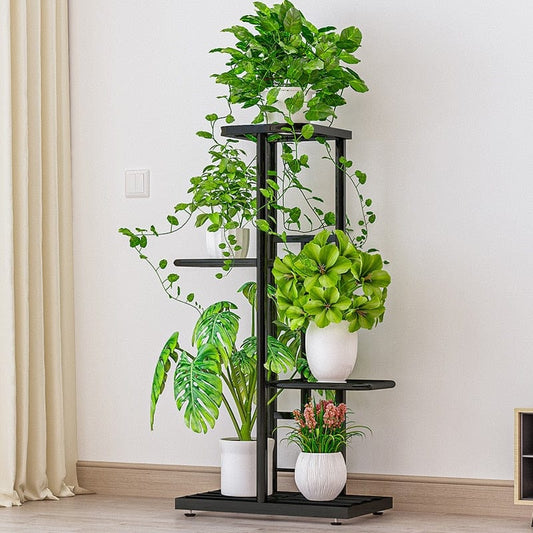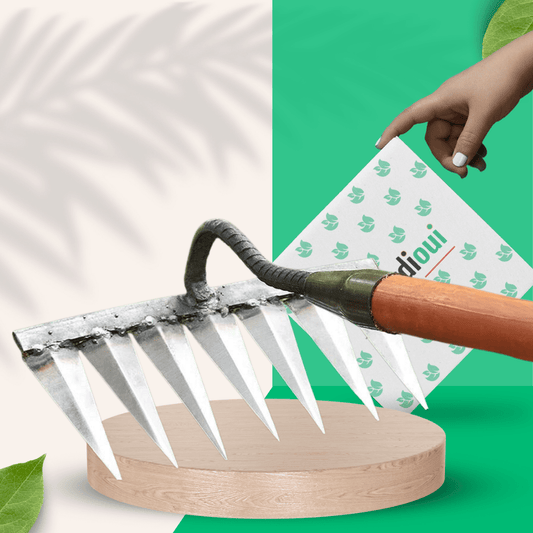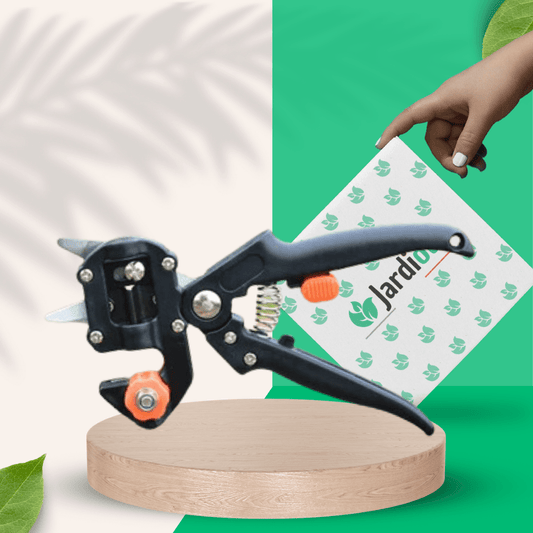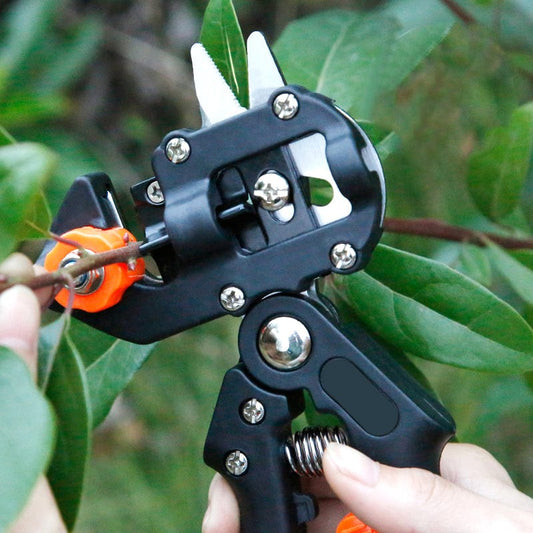How to Choose the Best Locations for Your Houseplants

Do you want to add a plant-based touch to your interior but don't know where to start? Where to install your plants? Should you group them together or space them out? And how can we guarantee their good health? Here are our tips for creating a harmonious and sustainable indoor green space.
Each plant has specific needs: some live longer, require more attention... It is therefore important to take these characteristics into account before finding a place for them in your home!
A plant that needs a lot of light will be better located near a window. Species requiring less light, such as certain ferns, can be placed in a bathroom.
You can also play with colors, blooms and plant functions to create a personalized and dynamic space.
Install your plants according to their needs
Plants require sun and water, in varying quantities depending on their type! So make sure you find a location for them that meets those needs. Place them in naturally lit rooms, ideally near windows. Today, it is also possible to compensate for the lack of natural light with suitable artificial lighting: fluorescent tubes, mercury lamps, etc.
Finally, find out about the specific needs of the plants you are purchasing or receiving. This will allow you to preserve their health and contribute to an interior that is both aesthetic and lively.
In the living room: a green setting
The living room, the true heart of the house, lends itself wonderfully to the installation of plants of all sizes. Place large plants near windows to benefit from natural light, while shelves and side tables are ideal for smaller plants, such as succulents, creating visual points throughout the room.
The kitchen: freshness and herbs
The kitchen often benefits from good light, ideal for aromatic plants such as basil, thyme, or mint. Place them on the windowsill to have fresh herbs within reach. Hanging plants can also add a touch of greenery without cluttering work surfaces.
The bathroom: a tropical haven
Thanks to its higher humidity level, the bathroom is perfect for tropical plants like philodendron or pothos. Place them on shelves facing west or east to encourage their growth without exposing them to direct sun.
The bedroom: purity and rest
In the bedroom, choose plants that improve air quality, such as aloe or sansevieria. Placed on a chest of drawers or a bedside table, they contribute to a soothing atmosphere, conducive to rest.
The office: concentration and clarity
Plants in the workspace, such as ficus or small succulents, help maintain concentration and purify the air. Place them on shelves or near your desk to add a natural touch that boosts creativity and productivity.
The entrance: welcome and energy
The entrance is perfect for creating a lively and warm first impression. A large pot with a ficus or dwarf palm tree brings life to this space, while smaller plants on a console add a touch of greenery as soon as you cross the threshold.
Decorating tips: play with the supports and styles of pots
To harmonize your plants with your interior, choose plant holders and pots that match your decoration. For example, a dark plant holder contrasts well with light walls, or you can opt for pots in the same shade as the wall for a light effect.
Delimit spaces with plants
Use large plants to demarcate living spaces: a desk in the living room, for example. Plants create natural separations and provide a lively atmosphere while optimizing space.
The hanging plant holder: save space
Hanging plant holders allow you to plant plants without taking up space, perfect for small spaces. This support frees up space while adding an aesthetic dimension.
Wall shelves to fill the gaps
To fill empty walls, think about plants! Install wall shelves to create a plant decoration that adorns the walls in an elegant way.
Create a mini indoor garden
Even without a garden, create a green corner with potted plants, wall-mounted or tiered plant holders, and decorative touches like a small fountain or wicker planters for a calming space.
Promoting Feng Shui with plants
Feng Shui encourages a harmonious arrangement of plants to promote relaxation and the circulation of energies. Avoid overcrowding the rooms and choose your plants carefully for a balanced interior.
-
Pay attention to the quantity of plants in the rooms
Although plants are beneficial, avoid piling them up in the bedroom, as they absorb oxygen at night and release CO2. Opt for one or two plants suitable for a healthy environment. -
Vary the plants in your home
For a more lively decoration, vary the types of plants depending on the rooms and light needs. Each plant has its characteristics: some require more maintenance, others are robust and self-sufficient. -
Natural tips: bananas and coffee grounds
To feed your plants, bury potassium-rich banana peels or use coffee grounds, which promote growth and repel insects.




